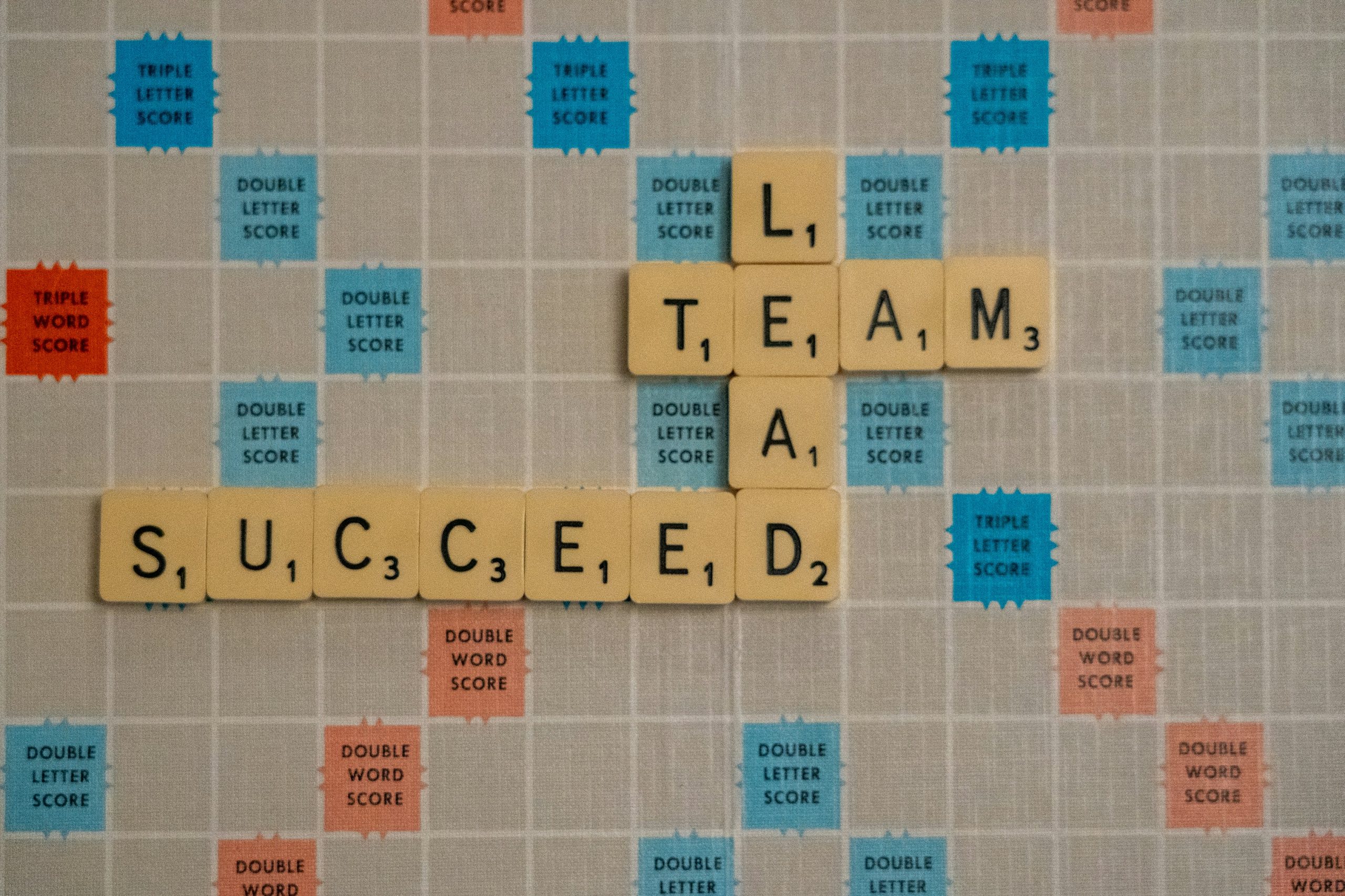
Fourteen years ago, I had the opportunity to attend a futurist session held in honor of the 50th anniversary of the CAE program.
After a dense presentation by facilitator Marsha Rhea, we broke into 10-year, 30-year, and 50-year discussion groups. I found myself in the 30-year group (2040) and discovered that my fellow discussants could not seem to wrap their minds around things like sea level rise and the encroaching crisis in fresh, potable water. In other words, climate change.
At the time, I was thinking a lot about generations, and posed, as a final thought:
We will need someone to lead us, and nonprofit organizations could fill that leadership vacuum. Assuming we survive the larger global forces at work.
I still believe that associations have significant role to play in addressing climate change, as evidenced by my latest collaborative whitepaper The Time Is Now: Association Adaptation and Resilience and the Anthropocene Climate Disruption.
We *could* have led on this 14 years ago. We *must* start leading on this now, today. There are SO many ways associations can play a significant role in addressing climate change:
- On operations of our organizations as businesses: making choices about office space, commuting, work from home, LEED certification (not just of new builds, but also retrofits), and investment of reserves that reduce or eliminate carbon emissions.
- On our member-facing work: reducing the carbon footprint of our in-person gatherings, building resilience through greater localization (aka, build up your components, whether those be formal or informal groups), and communicating information about the effects of the climate crisis appropriately with members and other audiences.
- On our outward-focused work: making different lobbying choices and leading on concepts like thinking vertically and the circular economy for the professions and industries we serve.
If this all sounds like a good idea to you – and I hope it does – come join us at the Association Climate Action Coalition and our free Community of Practice around climate education and solutions (thanks, Breezio!).
Photo by Drew Beamer on Unsplash



